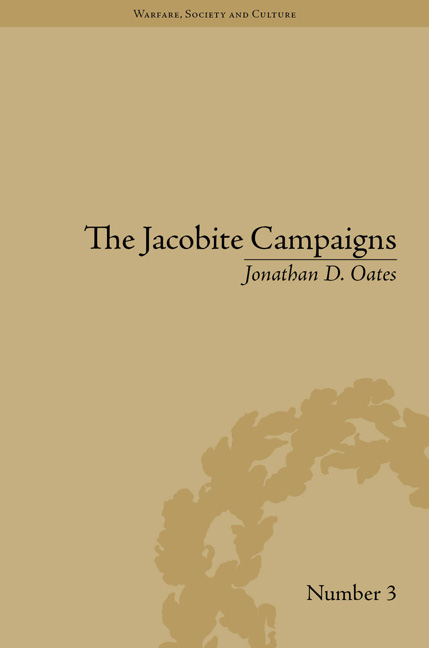3 - The Battle
Summary
There has been much written about the battles of the Forty-Five; indeed there has been one book written about Prestonpans, another one on Falkirk, but these pale into significance to those on Culloden, with seven in recent decades alone, making it one of the best-known battles in Britain, as well as being the last. They also feature heavily in narratives of the campaign. Although the Fifteen has been neglected in comparison, the two battles loom large in the books on the topic though Glenshiel is even more neglected. This chapter concentrates, not on the familiar narratives, but on an analysis of the battles of the three eighteenth-century campaigns.
There were five battles (Preston, Sheriffmuir, Prestonpans, Falkirk and Culloden) and two major skirmishes (Glenshiel and Clifton). Although this was a relatively large number in three campaigns, all were comparatively small affairs. Of the battles, all concerned fewer than 20,000 combatants, and two involved less than 10,000. Battles on the Continent were invariably far larger. At Blenheim, Marlborough had 52,000 men under his allied command alone. However, during the conflict in the American colonies in the 1770s, field armies were far smaller and more akin to those employed in the Jacobite campaigns, though in 1778, there were 25,000 regulars in the colonies, only a fraction were ever assembled together to fight a battle.
- Type
- Chapter
- Information
- The Jacobite CampaignsThe British State at War, pp. 67 - 96Publisher: Pickering & ChattoFirst published in: 2014



